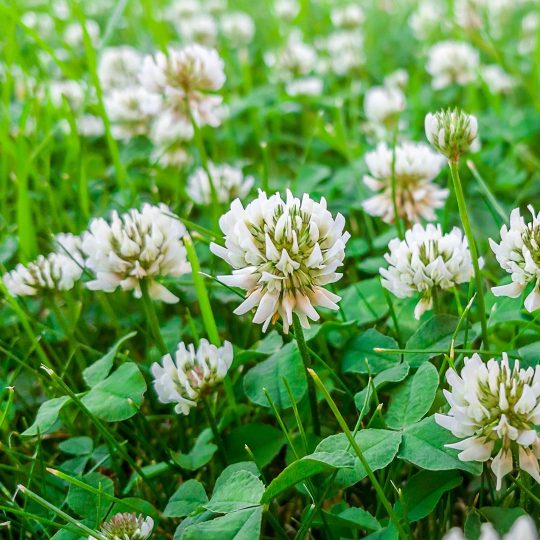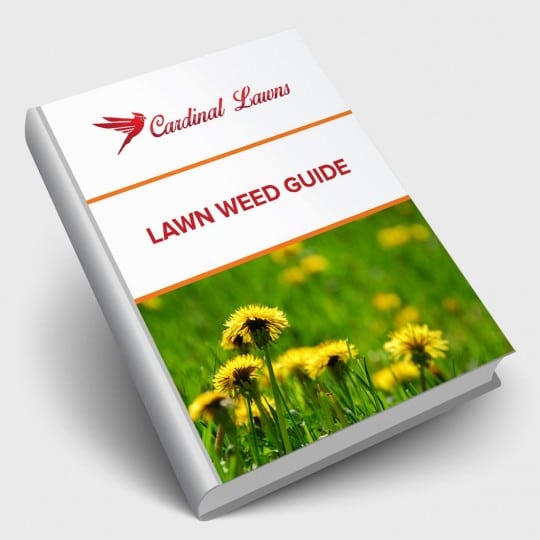Are There Any Beneficial Weeds?
Are You Willing to Grow Them?
Posted
May 12, 2022

When most gardeners think about weeds, typically it’s something they think about having to fight within their lawn and eliminate from their garden. However, many gardeners are now focusing on the benefits of weeds and starting to swap out grass and gardens for more beneficial ground cover. Once you learn about how certain beneficial weeds can help and increase productivity in your garden, you may just make the switch as well.
Benefits of Weeds
After years of hearing how bad weeds are and trying countless chemical products to eradicate them, it may be hard to believe that weeds have a long list of benefits. Some of these start in the soil:
- Warn. The appearance of weeds is an indicator that the soil needs mulch. The more mulch, the less chance of more weeds appearing.
- Protect. Since they grow fast, weeds can quickly cover bare soil and help protect it from eroding.
- Attract. These early bloomers are also one of the first flowering plants in the spring to provide pollinators with food and shelter.
- Fertilize. Weeds bring nutrients up through the soil, and when they die back, they re-enrich the soil as organic plant matter.
- Condition. Weeds with deep roots provide channels for water, air, and other nutrients to penetrate the soil once these roots start to decay.
Which Beneficial Weeds You Need
If there were going to be any weeds in your yard or garden you may want to think twice about battling them, it would be the ones that help condition your soil and attract beneficial insects. This not only saves you the effort of eradicating weeds but also reduces time and money on fertilizing and pest control. Could you imagine, weeds actually helping you in the garden? These weeds can:
- Broadleaf Plantain. Often appears where the soil is compacted. Adds beneficial minerals, like calcium and iron, to the soil. It’s edible. Leaves can be cut back and buried under mulch but still help enrich the soil when the roots are intact.
- Chickweed. Appears where the soil is less fertile. Adds potassium back to the soil. Attracts pollinators. It’s edible. Even when cut back, the intact roots enrich the soil and the clippings act as mulch.
- Lamb’s Quarters. The deep root system helps bring nitrogen, calcium, and phosphorus back into the soil. Edible properties. Leave the roots intact and let the plants decompose naturally for more enrichment.
- White Clover. Appears in clay soil and areas low on nitrogen, as it helps restore nitrogen to this area. Clover has edible properties and attracts beneficial bugs. It can be used as ground cover to protect the soil and in pathways to fertilize neighboring gardens.
- Dandelion. Shows up in hard-pan clay soils. Deep roots collect minerals including potassium, phosphorus, calcium, copper, iron, and magnesium. Flowers attract ladybugs, pollinators, and other beneficial insects. The leaves, roots, and flowers are edible.
Embracing Weeds
Weeds are in your garden for a reason. The trick is determining what that is or learning how to deal. Whether weeds are helping protect or enrich your soil, consider letting them do their job. If you have questions about what weeds to leave and what to try and control, contact the lawn experts at Cardinal Lawns for help. Make your yard a beneficial place for you and the environment

Download Your FREE Lawn Weed Guide
Before weeds take over your yard this season, learn to identify and prevent them in the first place. Keep your lawn looking great all year!